(QBĐT) - Although the village temple is deserted and dilapidated, the people of Lam Lang village, Chau Hoa commune (Tuyen Hoa) still preserve a valuable antique, which is the "An Lang Tu Chung".
 |
Each letter is nested in the scroll, below is a cloud pattern. On the body of the bell is engraved the words "Thanh Thai tu nien that nguyet thap ngu nhat tao chu", meaning the bell was cast by the uncle on the 15th day of the 7th month of the 4th year of Thanh Thai (1892), below is the words "Am sinh Cao Duy Duong phuong ban", meaning Am sinh Cao Duy Duong offered sacrifices. Cao Duy Duong was from Lam Lang village, his father was an official with many contributions to the Nguyen Dynasty, during his time as a student he offered a large bell to the pagoda.
The decoration on the An Lang pagoda bell is very unique and sophisticated, truly a musical instrument rich in aesthetics, demonstrating a very high level of bronze casting skills. The top of the bell is 2 dragons with their tails intertwined with each other, twisted into the cloud pattern of the bell, each with 2 legs, the dragon's body has many scales, sharp claws. The bell is divided into 4 sides by embossed lines. At each corner is a cloud pattern in the style of an S-shaped pattern.
The bell has 4 bell knobs arranged symmetrically, connected by a raised belt running across the body of the bell. The top and bottom of the raised belt are decorated with lemon flower patterns. This plant is associated with the countryside landscape, symbolizing simplicity, rusticity, and rusticity, yet very noble. Below the body of the bell are images of flowers, leaves, and clouds. The part close to the body of the bell is engraved with Chinese characters, and the bell rim is shaped like a Bodhi leaf.
According to Buddhist concept, the meaning of the bell is to awaken the goodness, compassion, joy, equanimity, selflessness in each person. Sometimes we forget, the sound of the temple bell rings as if to awaken those good things to guide, reminding each person to do good things for themselves, their family and society to become better day by day.
According to Mr. Cao Ngoc Dan (66 years old, in Lam Lang village), the pagoda was previously built at the head of the village, close to the North-South railway line. The pagoda was made of wood, designed with 3 rooms, 2 wings, brick walls, and yin-yang tiled roof. There are many Buddha statues in the pagoda, of which the 6-armed, 6-eyed Buddha statue in the center is the largest. The pagoda faces Southeast. The pagoda bell is hung on the main gate. Each time the bell is rung, a person will stand below and use a rope to pull the bell mallet to strike the body of the bell.
After many vicissitudes, the pagoda is now in ruins, with only the stone foundation of the gate remaining. Together with the great bell of Phuc Tu Pagoda (Van Hoa Commune), Yen Quoc Pagoda (Mai Hoa Commune), etc., the great bell of An Lang Pagoda is a valuable antique, vivid evidence of the history of the formation and development of Buddhism along the Gianh River basin.
Khanh Linh
Source


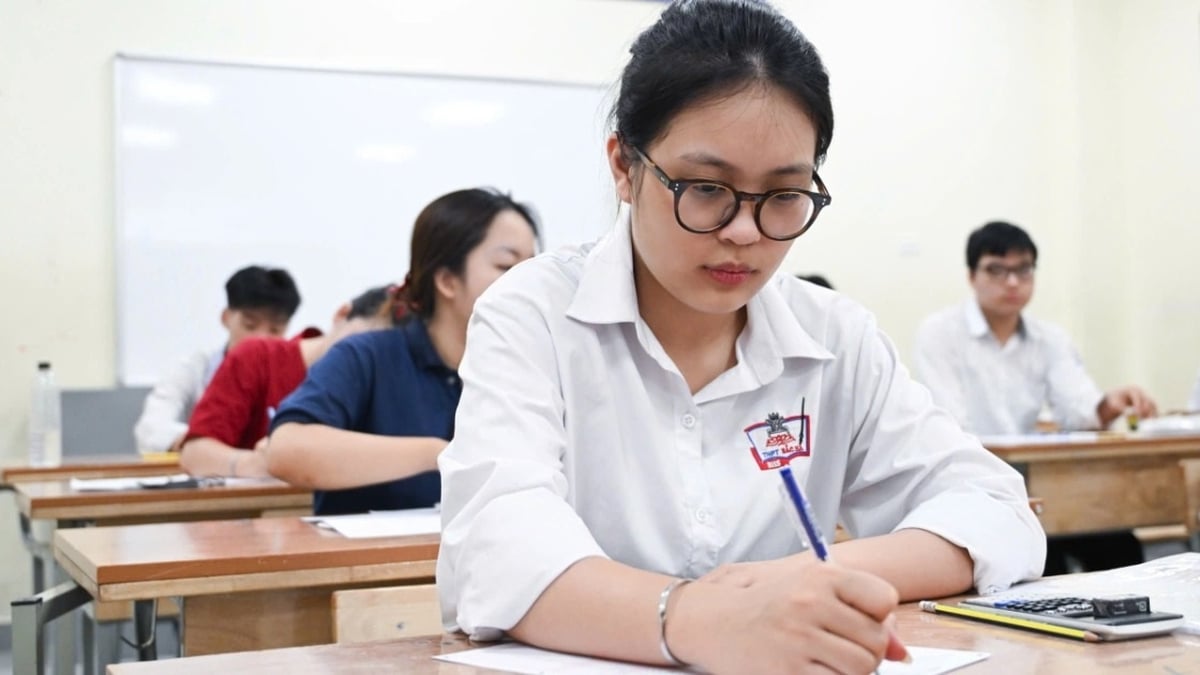

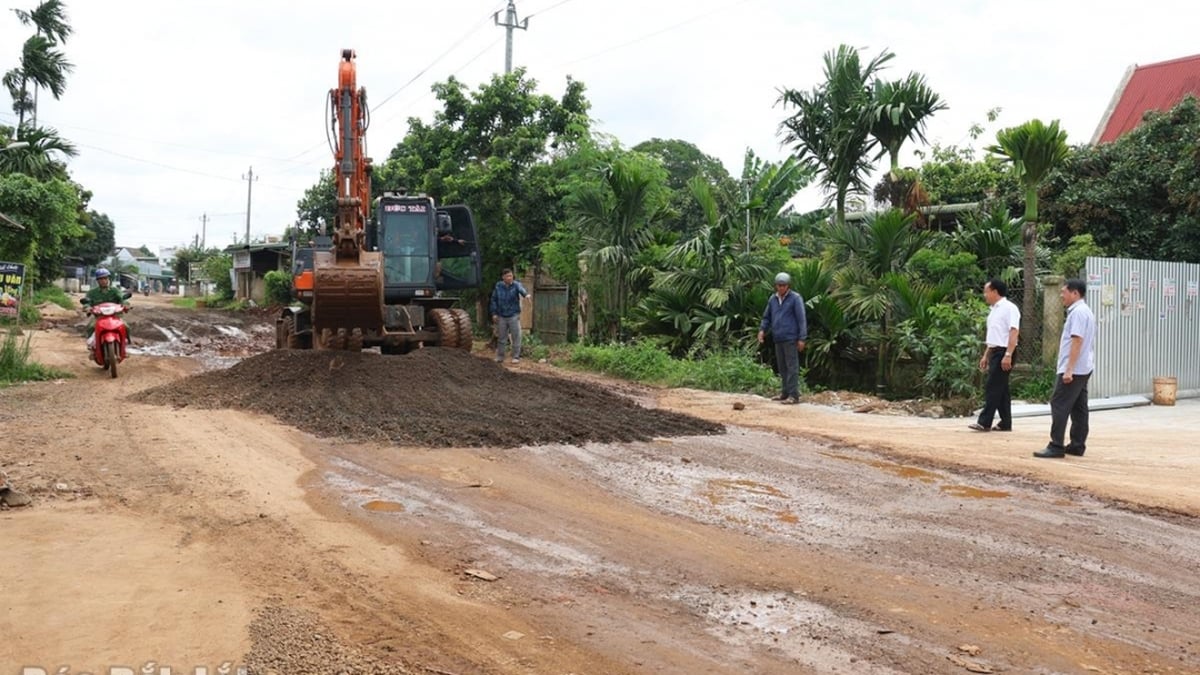


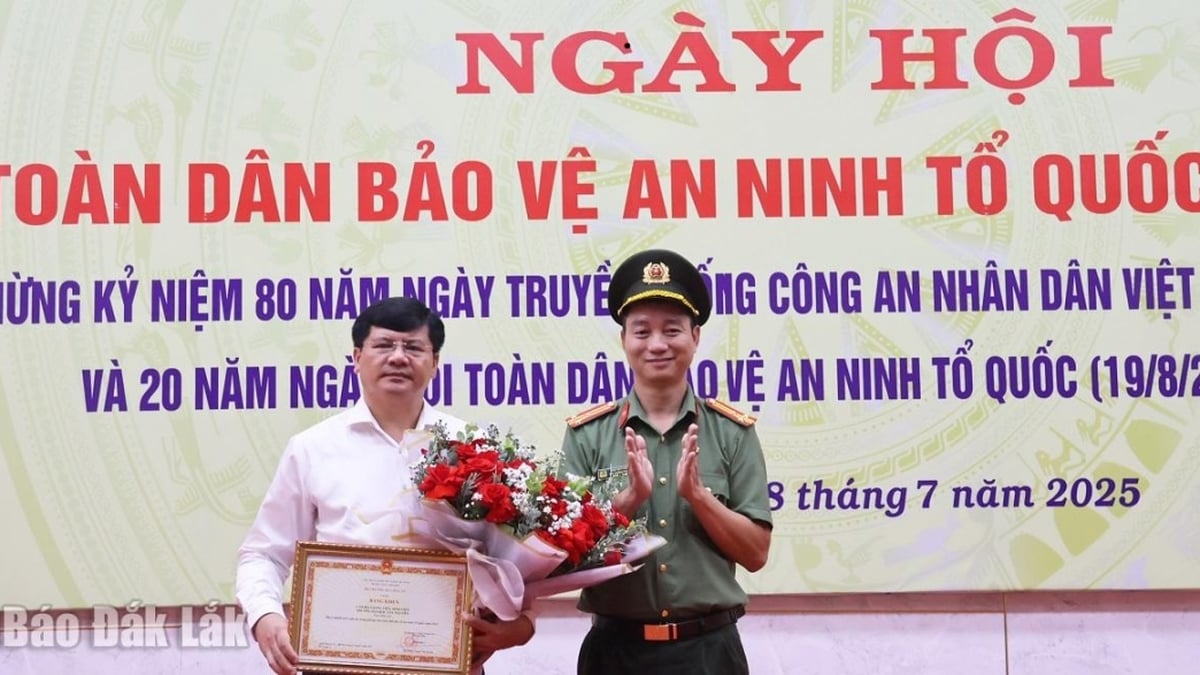































































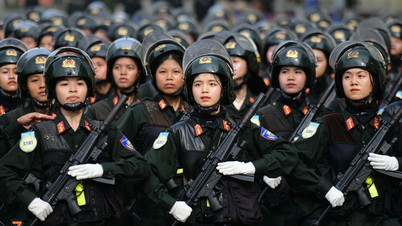







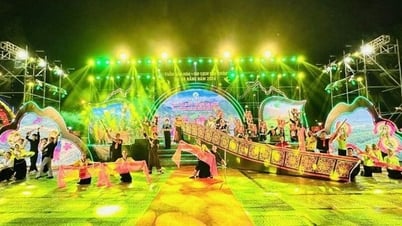








![[Infographic] In 2025, 47 products will achieve national OCOP](https://vphoto.vietnam.vn/thumb/402x226/vietnam/resource/IMAGE/2025/7/16/5d672398b0744db3ab920e05db8e5b7d)













Comment (0)